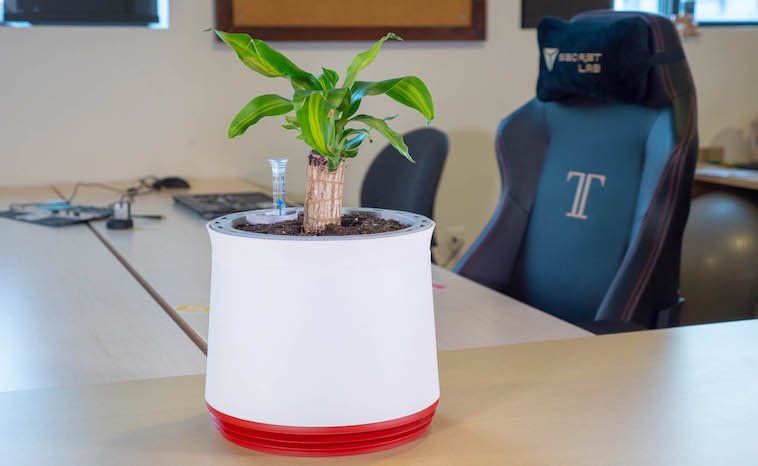NASA Spinoffs- Inventions from 2019
28 Mar 2020

Many of the technologies we use every day come from NASA. From emergency blankets to dehydrated foods, NASA technology has impacted our lives.
Each year NASA publishes a book of NASA Spinoffs, with products initially created for the space program and then brought into everyday life. These are some of the products from 2019 that NASA created and shared for consumer use.
Public Safety
- The Robomantis, built by the Jet Propulsion Laboratory (JPL), allowed NASA to see things around its robots and manipulate objects. Now, Robomantis will go to work, helping to carry out hazardous jobs like cleaning chemical containers or bomb disposal.
- NASA created a methane detector to help the Curiosity Rover find bacterial life. Methane gas is the main ingredient in natural gas. People use natural gas for cooking, heating, and electricity. Engineers at the JPL made a tunable laser spectrometer to find methane. California-based SeekOps licensed the technology to detect gas leaks at oil and natural gas wells and more.
- Although GPS has existed for several years now, it needed an update. This was because it was off 30 feet or more. NASA’s JPL developed software to correct for these errors, enabling real-time precision GPS. The accuracy allows 911 callers to locate a person in with pinpoint accuracy.
Consumer Goods NASA Spinoffs
- Pet odors often leave our homes smelling awful. Thanks to NASA, that is about to change. NASA’s spacesuits needed something to filter out ammonia and formaldehyde in spacesuits and purify the air in spacecraft. Using that same technology, an Illinois based company developed an air-filtering technology involving polymers that carry a permanent electrical charge. Ahhh!!! Fresh, clean air!
- How about using the soil in houseplants to clean the air? In the 1980s, Stennis Space Center researcher W.C. Wolverton studied how to maximize the air-scrubbing potential of houseplants. He found that plant roots and associated microorganisms in the soil did the bulk of the work, not plant leaves. A Germany-based company has designed plant pots based on this research. The pots maximize airflow through the soil and roots to increase air filtering and improve plant health.

Credit: AIRY
Credit: AIRYIndustrial Productivity
- What is a spray analyzer? In 1985, a technology engineer developed a particle analyzer to analyze fuel spray in rocket and jet engines. A California based company has found new uses for the analyzer. Today, it’s used to design and test products, including automobile fuel injectors, aircraft parts, inkjet printers, and systems for printing organic LED displays, among others.
- Before NASA can send people or robots into space, it must use simulators to predict possible problems. Therefore, advanced simulators become necessary for the end product to work. NASA uses simulations every day to test new ideas and science, saving untold time and money and resulting in improved outcomes. To make it easier to share simulations across centers and teams, engineers at Kennedy Space Center built the Distributed Observer Network. As a result, simulations become portable. Therefore, university students, through the Simulation Exploration Experience, can work on their simulation building skills.
NASA pioneers cutting-edge technology that then finds uses in every industry. The technology they develop help astronauts stay safe and astronomers discover new worlds. Each year, consumers benefit from these technologies.
